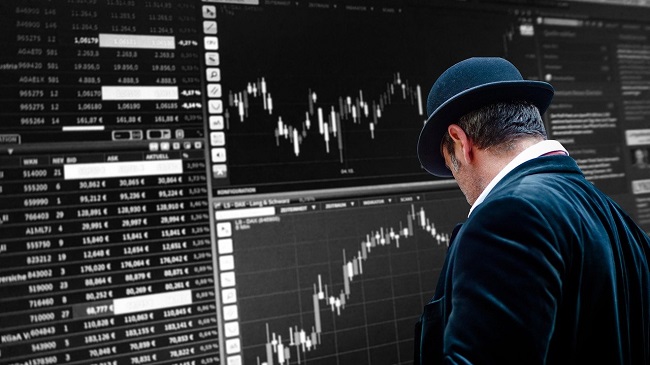
This article was first published in the National Post on January 16, 2021. It is being republished with permission.
by Tom Bradley
For investors, 2020 had a bit of everything, from the fastest bear market in history to one of the most impressive recoveries ever, and a whole lot in between. Investor emotions also covered the gamut, from outright panic (March) to complacency and even euphoria (February and December). In other words, 2020 had all the necessary ingredients for an investor to have a spectacular year, or a disastrous one.
When Canadians open their year-end account statements over the next few weeks, the range of returns for 2020 will be as wide as ever. To understand why your number might be dramatically different than your walking partner’s, here are some of the reasons for the huge disparity.
Bond surprise
With interest rates so low, the best an investor could hope for from a GIC or other savings product was a low single-digit return. Diversified bond funds, on the other hand, were in high single-digit territory, as longer-term bonds increased in value with the decline in rates. Many ‘core’ bond managers had a return of over 10%.
To Shopify or not to Shopify
On the stock side, you didn’t need to venture outside of Canada to get very different outcomes. An indexed portfolio tracking the S&P/TSX Composite Index had a 5% return in 2020, but many of investors’ favourite stocks struggled. I’m referring to dividend income stocks such as banks, telcos, pipelines and REITs. Portfolios focused on these industries were likely in negative territory as bank shareholders got little beyond the dividend, the telcos had a down year and the pipelines and REITs were hit hard.
On the other hand, there were a number of shining lights, none brighter than Shopify (up 178%). Canada was a good place to be if you owned Shopify and a few other growth names, and in the resource sector, if you held more gold, copper and forest products than oil and gas (down 26%).
Greener pastures
It was similar with foreign stocks. Portfolios favouring growth had a good year, as price-to-earnings multiples expanded significantly. Indeed, the valuation gap between these stocks and slower growing “value” stocks reached a level not seen since the tech boom of the late 1990s. This thirst for growth, with or without profits, also provided fertile ground for more speculative investments like IPOs, SPACs (Special Purpose Acquisition Companies or “blank-cheque companies”) and Bitcoin.
Technology was the biggest differentiator in 2020, most noticeably in the U.S. Apple, Microsoft and Amazon accounted for 53% of the S&P 500’s 18.4% total return in U.S. dollars. In a similar vein, if you took the 30 largest stocks out (which includes all the tech giants), the other 470 stocks were flat for the year.
The biggest factor: You
In 2020, how you acted and what your goals were, made a huge difference on your rate of return.
If you had a balanced portfolio (well diversified across asset types, industries and geographies) and stuck to it, you had an above-average year. Balanced fund returns were in the range of 7% to 10%.
If you put new money to work in March and April, your returns were likely even better. It was all up from there. In this category, there were many people, some of them new to investing, who used the lockdown to take up stock trading. The results of this active approach were mixed, but those who were early jumping on to the tech giants, Tesla, gold or Bitcoin are drinking champagne right now.
Conversely, if you were one of the investors who de-risked their portfolio in March by selling their stocks and stock funds, it was a tough year. These actions most likely led to a negative return.
Perhaps the biggest swing factor for 2020 returns, however, was the purpose of the money. It mattered whether it was a RIF portfolio designed to provide income for retirement or a TFSA taking moonshots.
Regardless of how you did in 2020, it’s important that your strategy fits your goals, abilities and temperament, has the potential to deliver the required long-term return and is widely diversified. Diversified because, whether you’re indexing, trading actively, or focusing on dividends, growth, or value, you need to be able to stick with the strategy in years when things aren’t going your way.
As 2020 demonstrated, changing course at market extremes is destined to fail.
We're not a bank.
Which means we don't have to communicate like one (phew!). Sign up for our blog to get the straight goods on investing.

